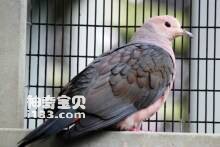
Ducula rosacea
Ducula rosacea,Pink-headed Imperial-pigeon
Ducula rosacea, or Pink-headed Imperial pigeon, is unknown.Listed in the Int···
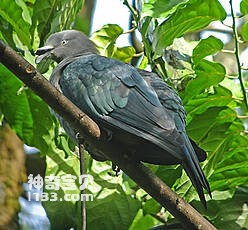
Ducula aurorae
Ducula aurorae,Polynesian Imperial Pigeon,Society Islands Pigeon
Its scientific name is Ducula aurorae, and its foreign name is Polynesian Im···
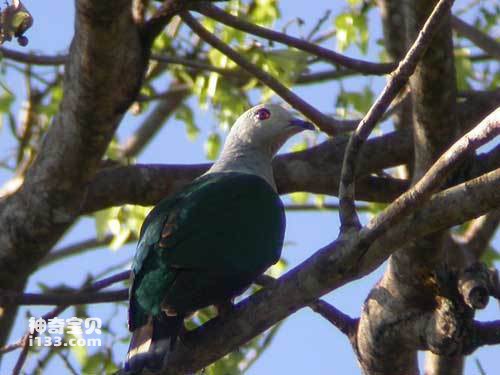
Ducula finschii
Ducula finschii,Finsch's Imperial-pigeon,Growling Imperial Pigeon
Scientific name Ducula finschii, foreign name Finsch' s Imperial-pigeon,···
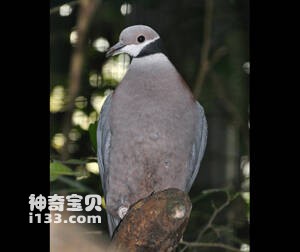
Ducula mullerii
Ducula mullerii,Collared Imperial-pigeon
The black-collared Imperial dove is known as Ducula mullerii or Collared Imp···
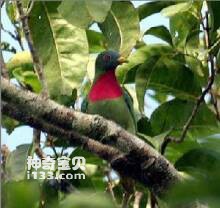
Ducula oceanica
Ducula oceanica,Micronesian Imperial-pigeon
Its scientific name is Ducula oceanica, and its foreign name is Micronesian ···
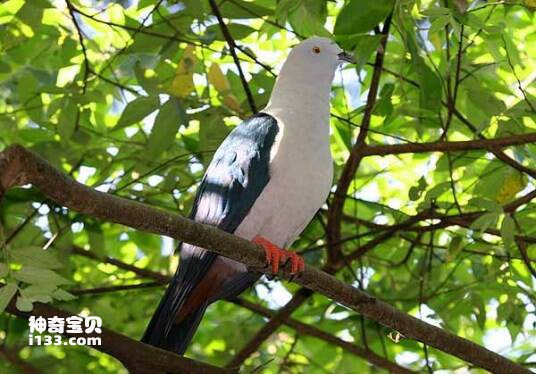
Ducula concinna
Ducula concinna,Elegant Imperial-pigeon
Its scientific name is Ducula concinna, the foreign name is Elegant Imperial···
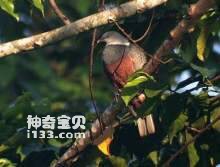
Ducula carola
Ducula carola,Spotted Imperial Pigeon
The scientific name of the Spotted Imperial Pigeon is Ducula carola, and the···

Ducula latrans
Ducula latrans,Peale's Imperial-pigeon
Scientific name Ducula latrans, foreign name Peale' s Imperial-pigeon, w···
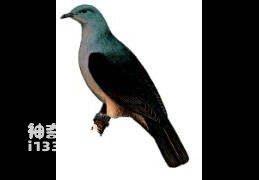
Ducula cineracea
Ducula cineracea,Timor Imperial-pigeon
The Timor-Leste's scientific name is Ducula cineracea or Timor Imperial-···
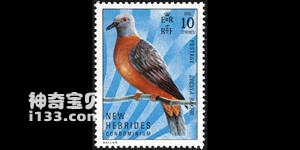
Ducula bakeri
Ducula bakeri,Vanuatu Imperial-pigeon
Its scientific name is Ducula bakeri, and its foreign name is Vanuatu Imperi···
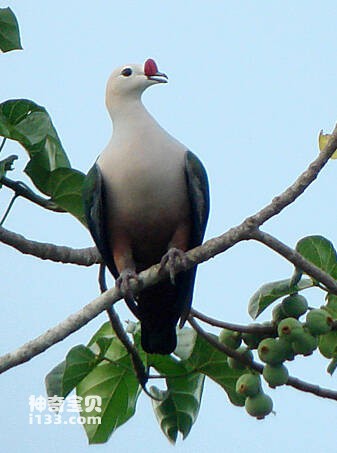
Ducula rubricera
Ducula rubricera,Red-knobbed Imperial-pigeon
Ducula rubricera, also known as Red-knobbed Imperial pigeon, is unknown.List···
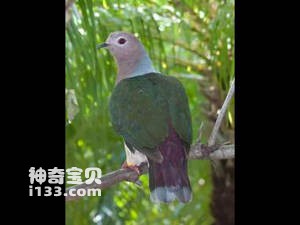
Ducula rufigaster
Ducula rufigaster,Purple-tailed Imperial-pigeon
Ducula rufigaster, or Purple-tailed Imperial pigeon, is unknown.Listed in th···
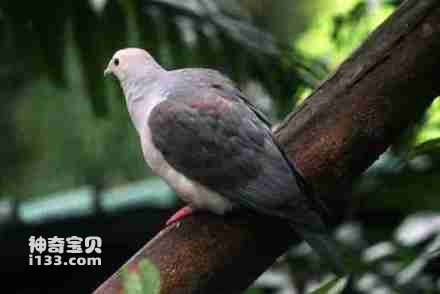
Ducula pistrinaria
Ducula pistrinaria,Island Imperial-pigeon
Ducula pistrinaria (Island Imperial-pigeon) is not known.Listed in the Inter···
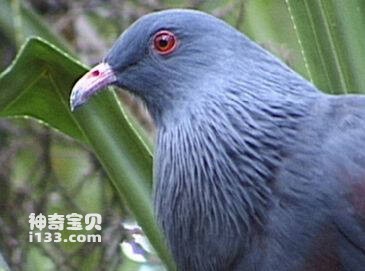
Ducula goliath
Ducula goliath,New Caledonian Imperial-pigeon
Ducula goliath, or New Caledonian Imperial-pigeon, is unknown.Listed in the ···
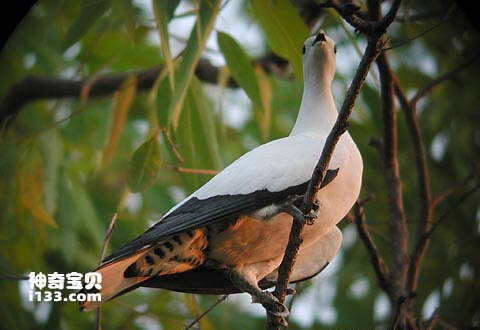
Ducula bicolor
Ducula bicolor,Pied Imperial-pigeon
Ducula bicolor (Pied Imperial-pigeon) is not known.Listed in the Internation···
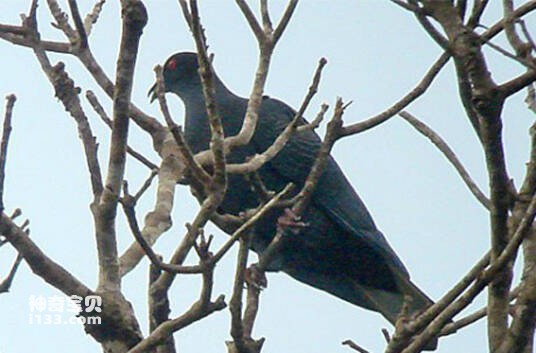
Ducula melanochroa
Ducula melanochroa,Bismarck Imperial-pigeon
The black Imperial pigeon is known as Ducula melanochroa or Bismarck Imperia···
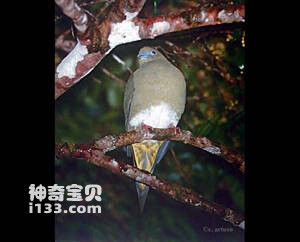
Treron seimundi
Treron seimundi,Yellow-vented Green-pigeon
The scientific name Treron seimundi, foreign name Yellow-vented Green-pigeon···
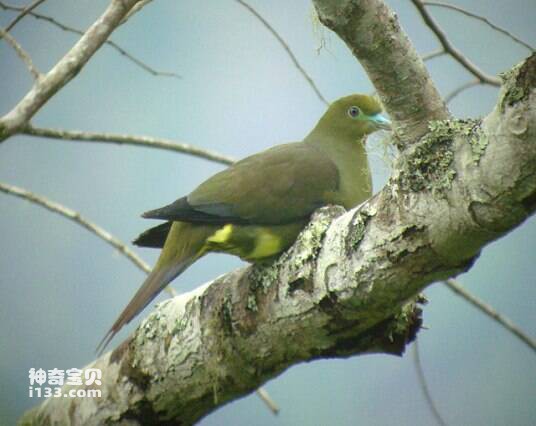
Treron oxyura
Treron oxyura,Sumatran Green-pigeon
The scientific name Treron oxyura and the foreign name Sumatran Green-pigeon···
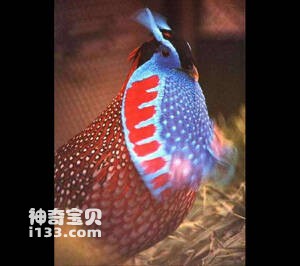
Treron sanctithomae
Treron sanctithomae,Sao Tome Green-pigeon
The scientific name of the Sao Tome Green dove is Treron sanctithomae, the f···
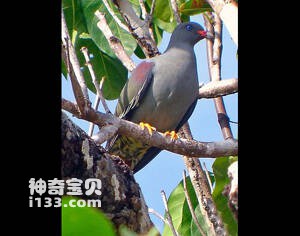
Treron pembaensis
Treron pembaensis,Pemba Green-pigeon
The species is known as Treron pembaensis or Pemba Green-pigeon, but its beh···
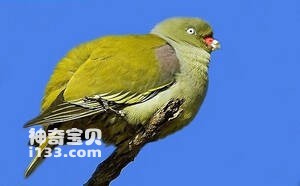
Treron calvus
Treron calvus,Treron calvusTemminck
The behavior of the African Green Pigeon (Latin name: Treron calvus, English···
